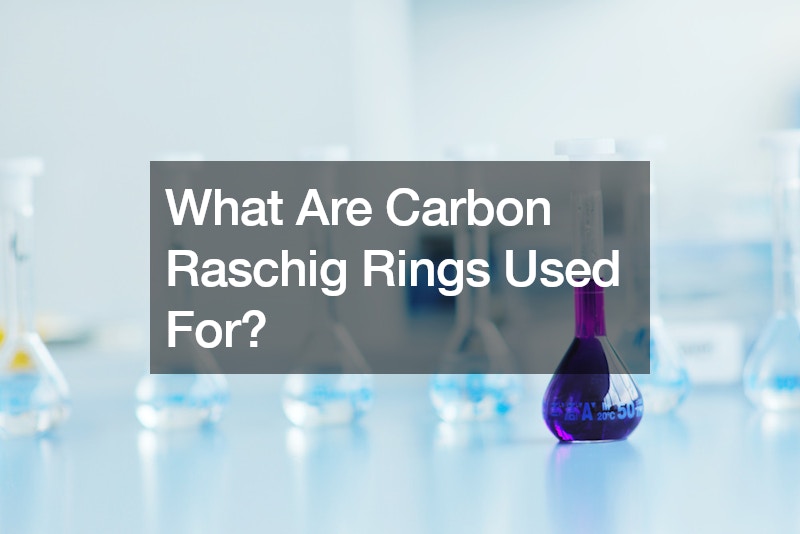A carbon raschig ring is a cylindrical piece of activated carbon widely used in various industrial processes for its excellent adsorption properties. These rings, named after the German chemist Friedrich Raschig who invented them, serve multiple purposes across different applications.
One primary use of Carbon Raschig rings is in air and water purification systems.
Due to their high surface area and porous structure, they effectively remove impurities, pollutants, and contaminants from air and water streams. Industries such as wastewater treatment plants, chemical processing facilities, and environmental remediation projects rely on Carbon Raschig rings to improve water and air quality.
In addition to purification, Carbon Raschig rings play a crucial role in the production of chemicals and petrochemicals. They serve as catalyst supports in chemical reactors, where they facilitate chemical reactions by providing a large surface area for catalytic activity. This makes them essential in processes like hydrogenation, dehydrogenation, and hydrocarbon cracking.
Moreover, Carbon Raschig rings are utilized in gas separation and storage applications. Their porous structure allows for the efficient adsorption and storage of gases such as hydrogen, methane, and carbon dioxide. This makes them valuable in industries like natural gas processing, hydrogen storage, and carbon capture and storage (CCS) technologies.


